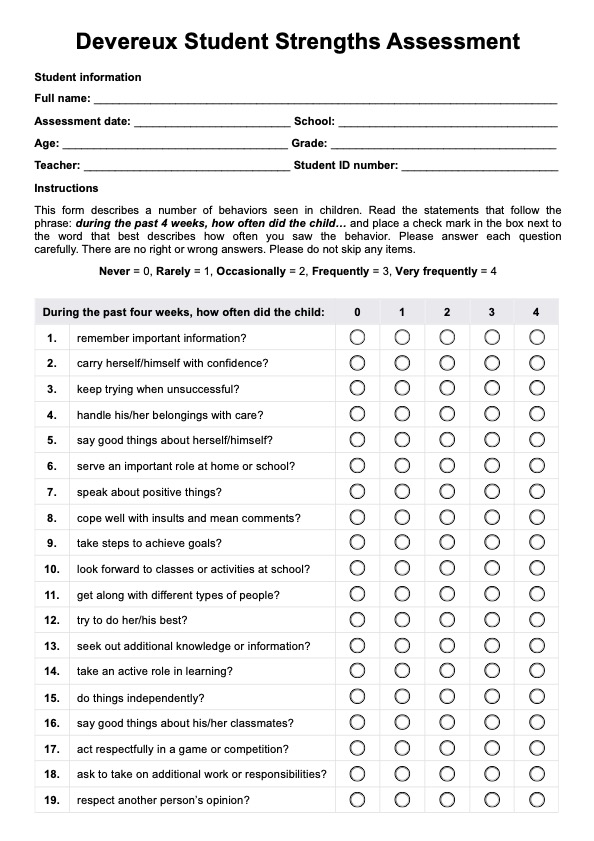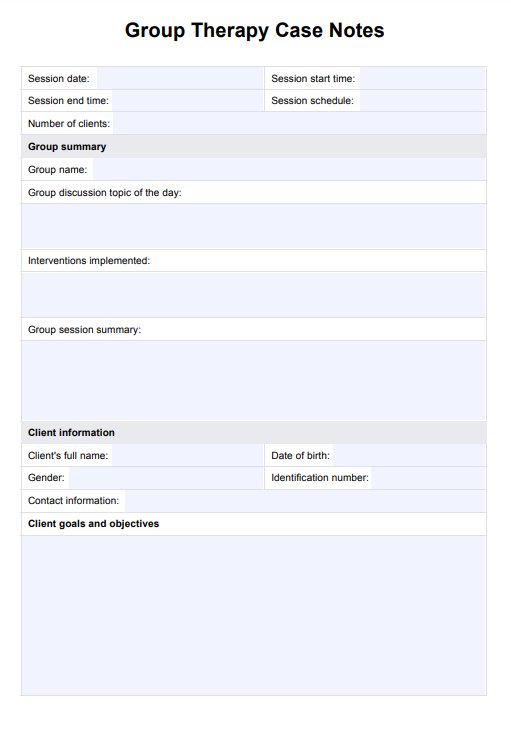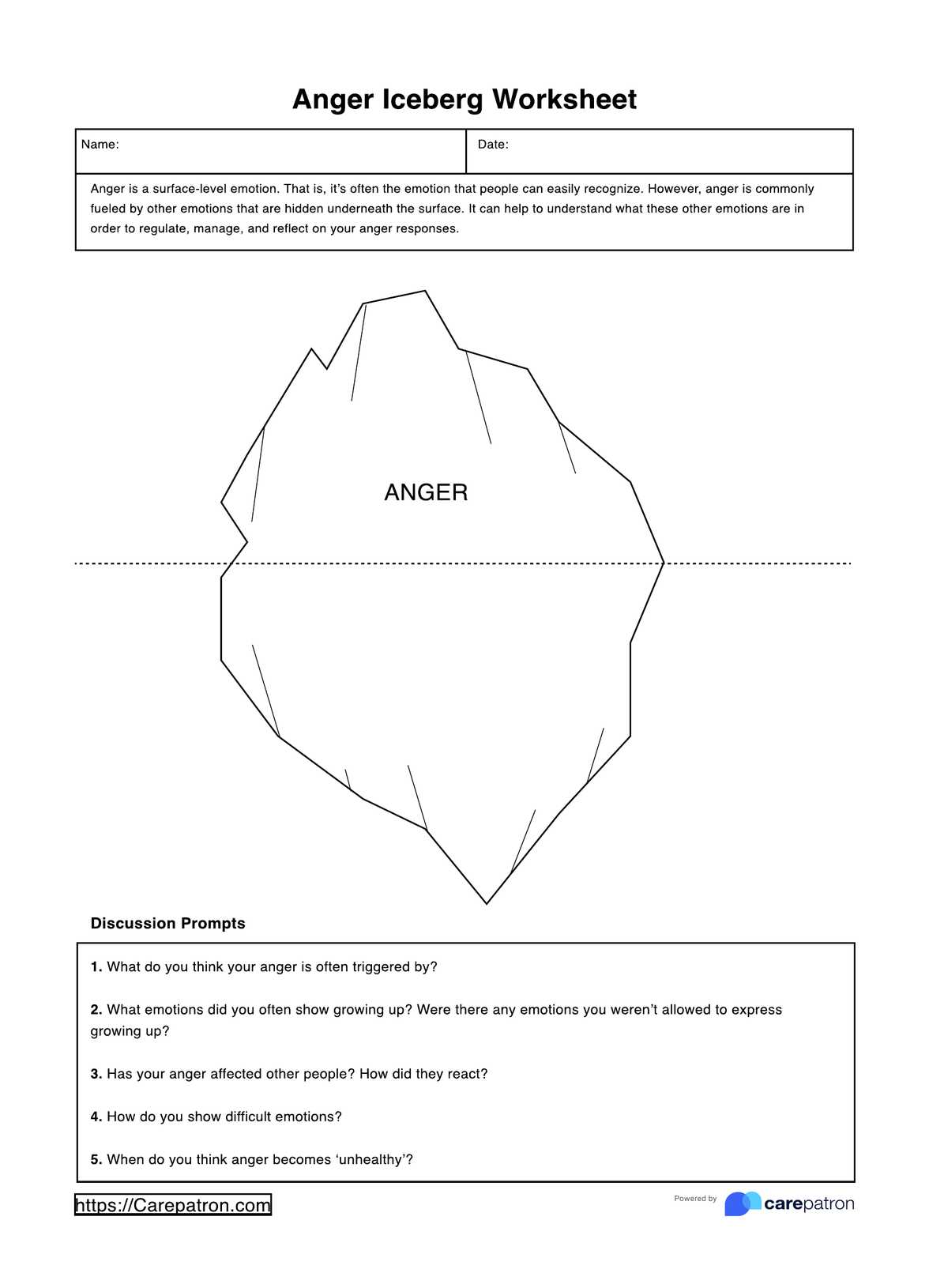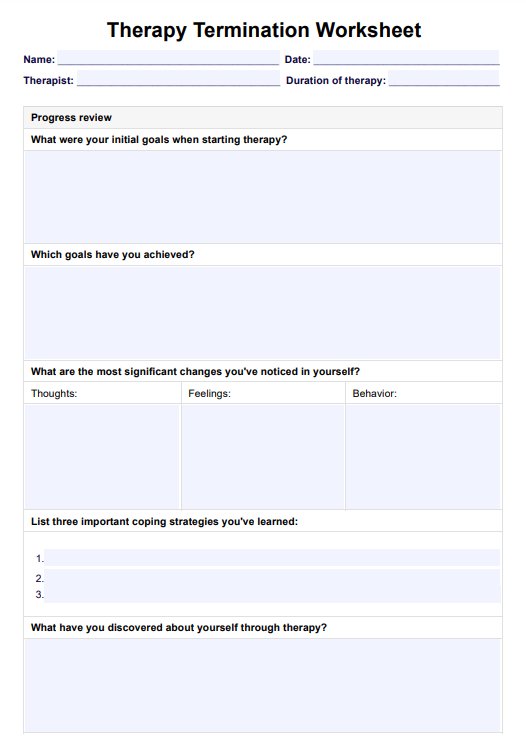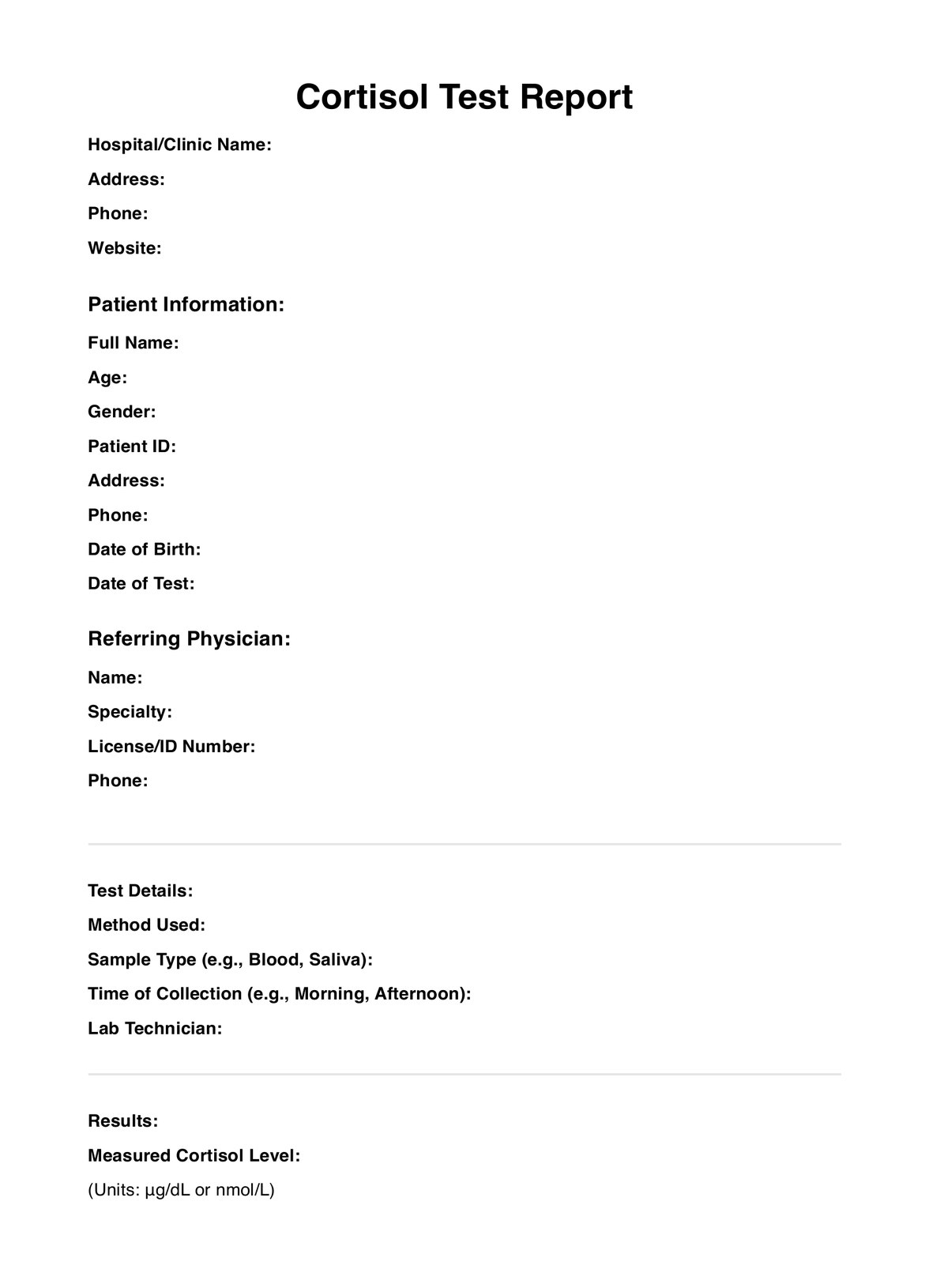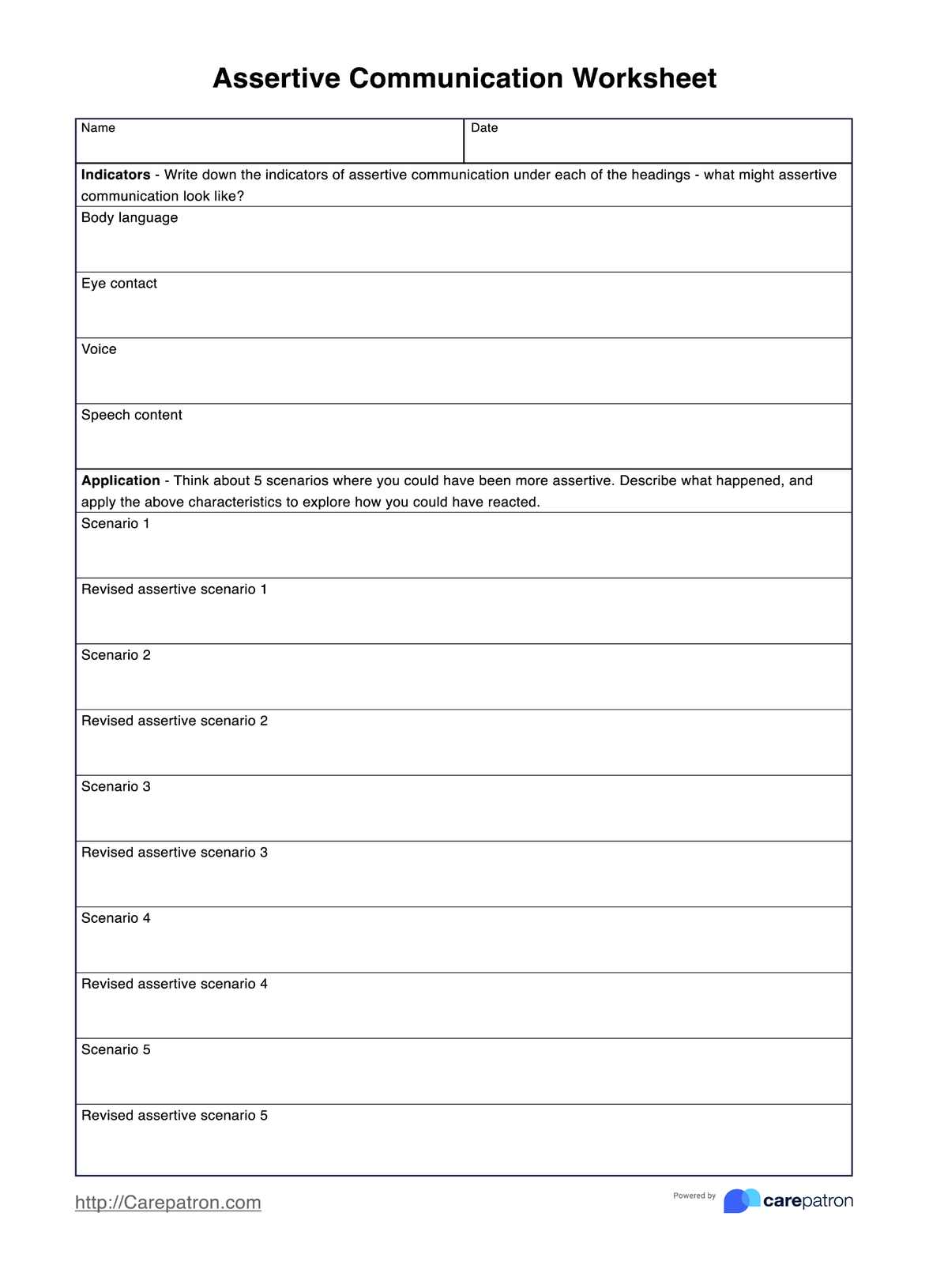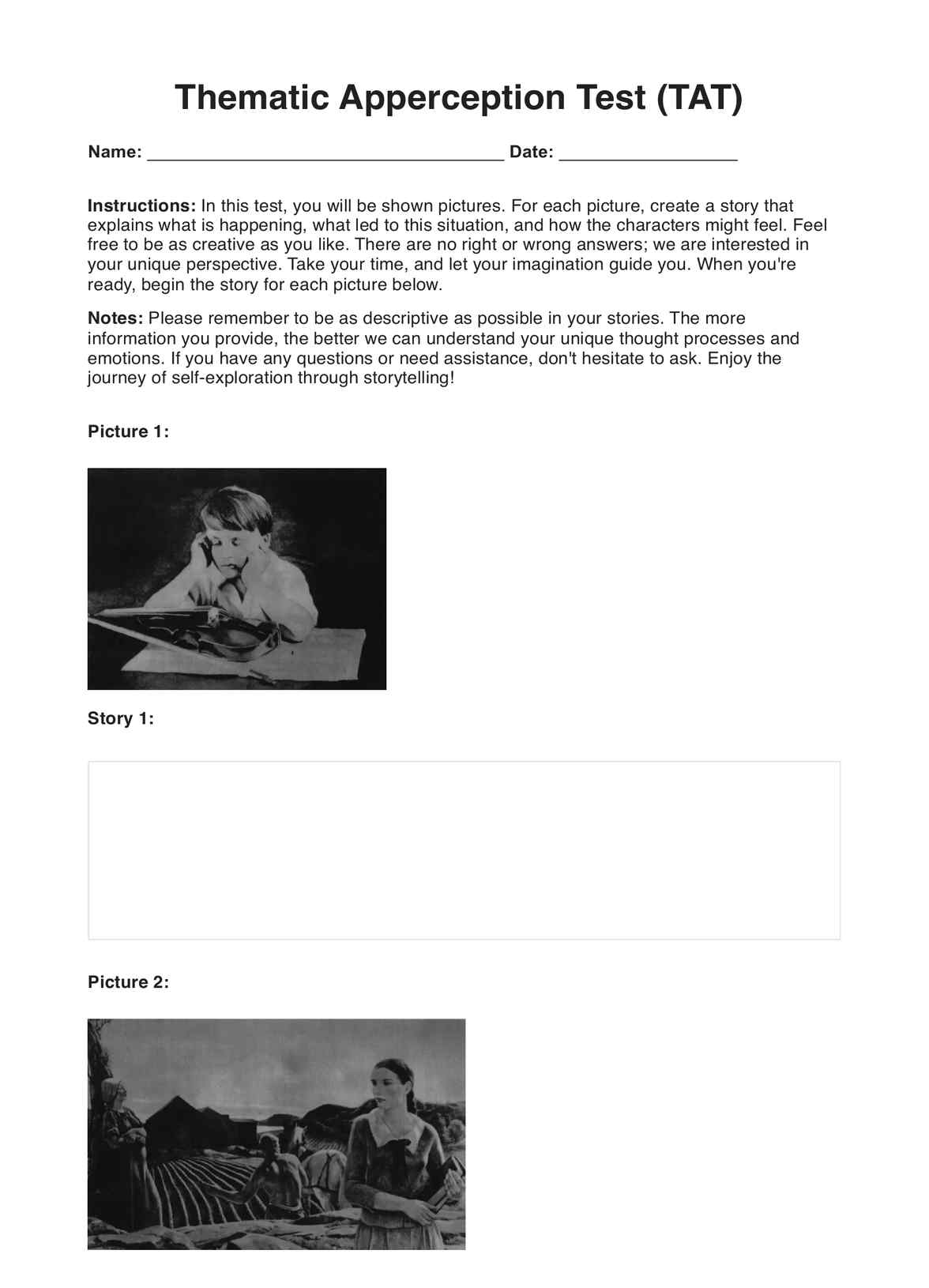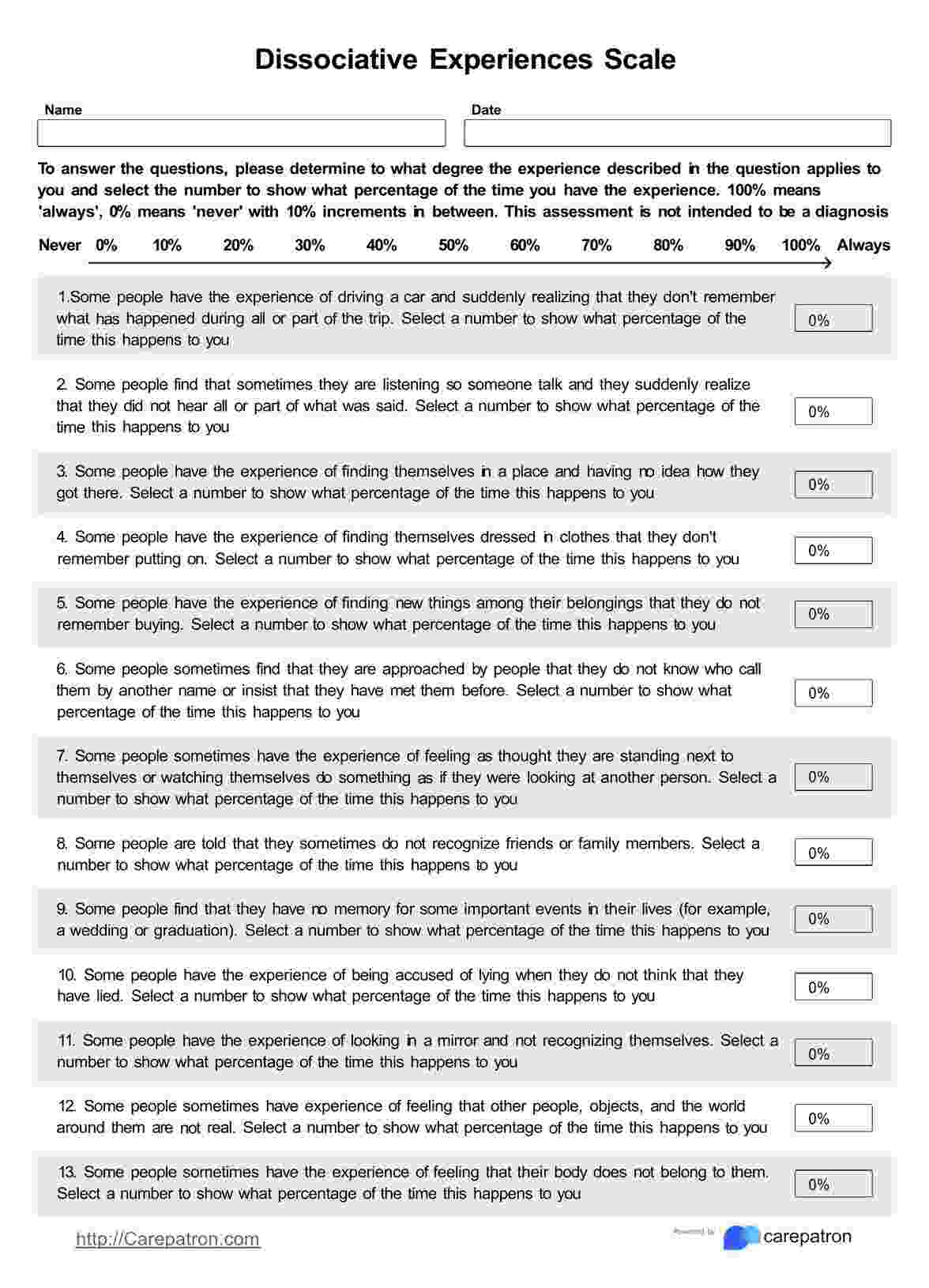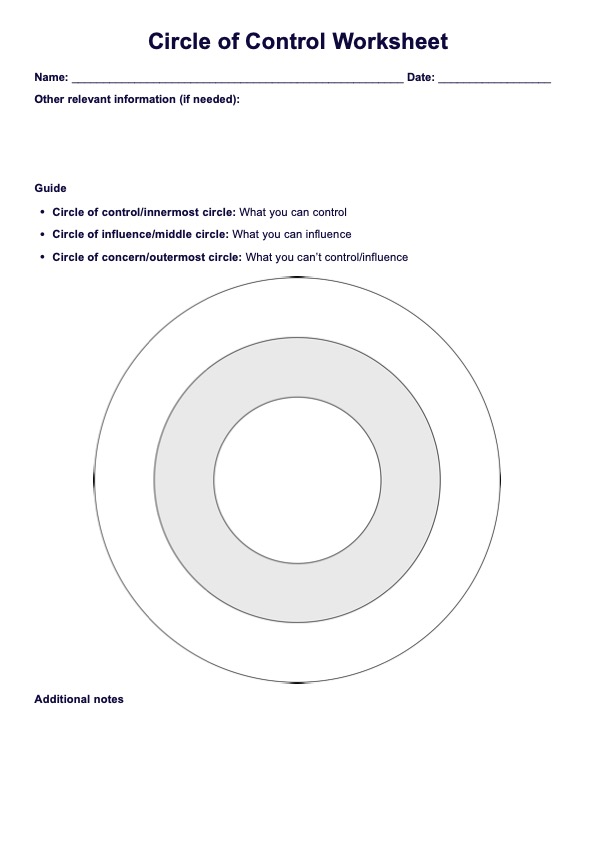Odd Behavior Charts
Dive into our comprehensive guide on the Odd Behavior Chart. Learn its significance and usage, and access a free downloadable example to streamline behavioral tracking.


What is an Odd Behavior Chart?
An is a meticulously crafted tool used to monitor, document, and manage behaviors commonly associated with Oppositional Defiant Disorder (ODD). ODD is a complex childhood disorder marked by recurring patterns of defiant, disobedient, and hostile behaviors, especially towards authority figures. These behaviors often transcend the occasional resistance or defiance typical in childhood development.
The chart is not just a documentation tool; it's a lens into the multifaceted world of children grappling with ODD. The chart offers a holistic view of a child's behavioral patterns by systematically capturing specific behaviors, potential triggers, consequential reactions, and positive behaviors exhibited.
Over time, this compiled information becomes pivotal in tailoring specific interventions, nurturing a supportive environment, and fostering better communication between caregivers, educators, and therapists.
Odd Behavior Charts Template
Odd Behavior Charts Example
How to use the Odd Behavior Chart
Harnessing the power of the Odd Behavior Chart requires understanding its structure and consistently employing it. Here's how to navigate this crucial tool:
Step 1: Initiate the Record
Always start with the date and child's name. This ensures that each child's behaviors are individually assessed and managed, especially in settings with multiple children, such as schools or therapy centers.
Step 2: Capture the Behavior
Whenever an ODD-related behavior manifests, record it with as much specificity as possible. Instead of noting "child acted out," detail it as "the child shouted and threw books."
Step 3: Identify Precursors
Most behaviors don't arise in a vacuum. Was the child teased? Did they miss a meal? Was there a sudden change in their routine? Documenting these triggers can illuminate patterns over time.
Step 4: Response & Consequence
How did you or another authority figure react? Did you discuss verbally, implement a timeout, or use another strategy? Jot this down to understand which interventions are most impactful.
Step 5: Child's Reaction
This is a reflection on the immediate aftermath. Did the child understand their actions? Did they express remorse, escalate, or even retract into a shell? These reactions can offer insights into their emotional landscape.
Step 6: Accentuate the Positive
While the focus might seem predominantly on challenging behaviors, recording moments of cooperation, kindness, or any other positive behavior is equally essential. This ensures a balanced perspective and aids in reinforcement strategies.
When would you use this form?
Understanding and managing a child with ODD can be complex and demanding. Caregivers, educators, and therapists often navigate the challenging terrain of defiance, anger, and unpredictability. Amidst this complexity, it becomes crucial to have a reliable method to decipher behavioral patterns, understand triggers, and measure the outcomes of different interventions. The Odd Behavior Chart is vital, offering a tangible means to track and manage these behaviors systematically.
The spectrum of situations where this form proves indispensable is vast:
For Parents
Navigating the daily routines of a child with ODD is challenging. The chart can be a boon, helping parents identify specific triggers that may escalate behaviors. For example, if a child frequently acts out before bedtime, the chart might reveal patterns like skipped meals or lack of physical activity contributing to the unrest.
In Educational Settings
Teachers and educators often handle multiple students, each with unique behavioral patterns. The chart provides a structured way to document instances of defiance or disruption, helping them design classroom strategies tailored to individual needs.
Therapeutic Applications
For therapists and counselors, the chart can inform treatment plans. Consistent tracking can unveil the effectiveness of different therapeutic interventions, optimizing therapy sessions for better outcomes.
Collaborative Care
The chart ensures everyone remains on the same page when multiple caregivers are involved. Grandparents, babysitters, or even older siblings can note incidents, ensuring a cohesive approach to managing behaviors.
Benefits
Understanding the benefits of the Odd Behavior Chart is paramount for its effective utilization:
1. Holistic Viewpoint
Unlike sporadic observations, the chart captures daily events, offering a more comprehensive understanding. Over time, caregivers can discern more than just isolated incidents—they can see the bigger picture of how a child navigates their world.
2. Pattern Recognition
Consistency is the key to unveiling hidden patterns. With regular entries, the chart may highlight recurring triggers, whether specific times of day, particular events, or even subtle environmental changes.
3. Efficient Interventions
Not all responses are effective. By documenting the child's reaction to each intervention, caregivers can refine their strategies, eliminating what doesn't work and focusing on what does.
4. Enhanced Communication
The chart acts as a bridge between different caregivers. Sharing observations becomes seamless, fostering a collaborative environment where the child's welfare is central.
5. Positive Reinforcement
By spotlighting positive behaviors, the chart becomes more than a tracking tool—it transforms into an instrument of encouragement. Recognizing and celebrating these moments can significantly boost a child's morale and self-worth.
6. Data-Driven Decisions
In the world of behavioral management, assumptions can be misleading. With factual data from the chart, decisions regarding therapy, disciplinary actions, or even daily routines can be grounded in reality.
Commonly asked questions
Parents, therapists, educators, and caregivers of children with ODD symptoms typically use them.
They document and track behaviors, identify triggers, evaluate intervention efficacy, and highlight positive behaviors.
The chart aids in understanding a child's behavioral patterns, optimizing interventions, facilitating better communication among caregivers, and promoting positive reinforcement.


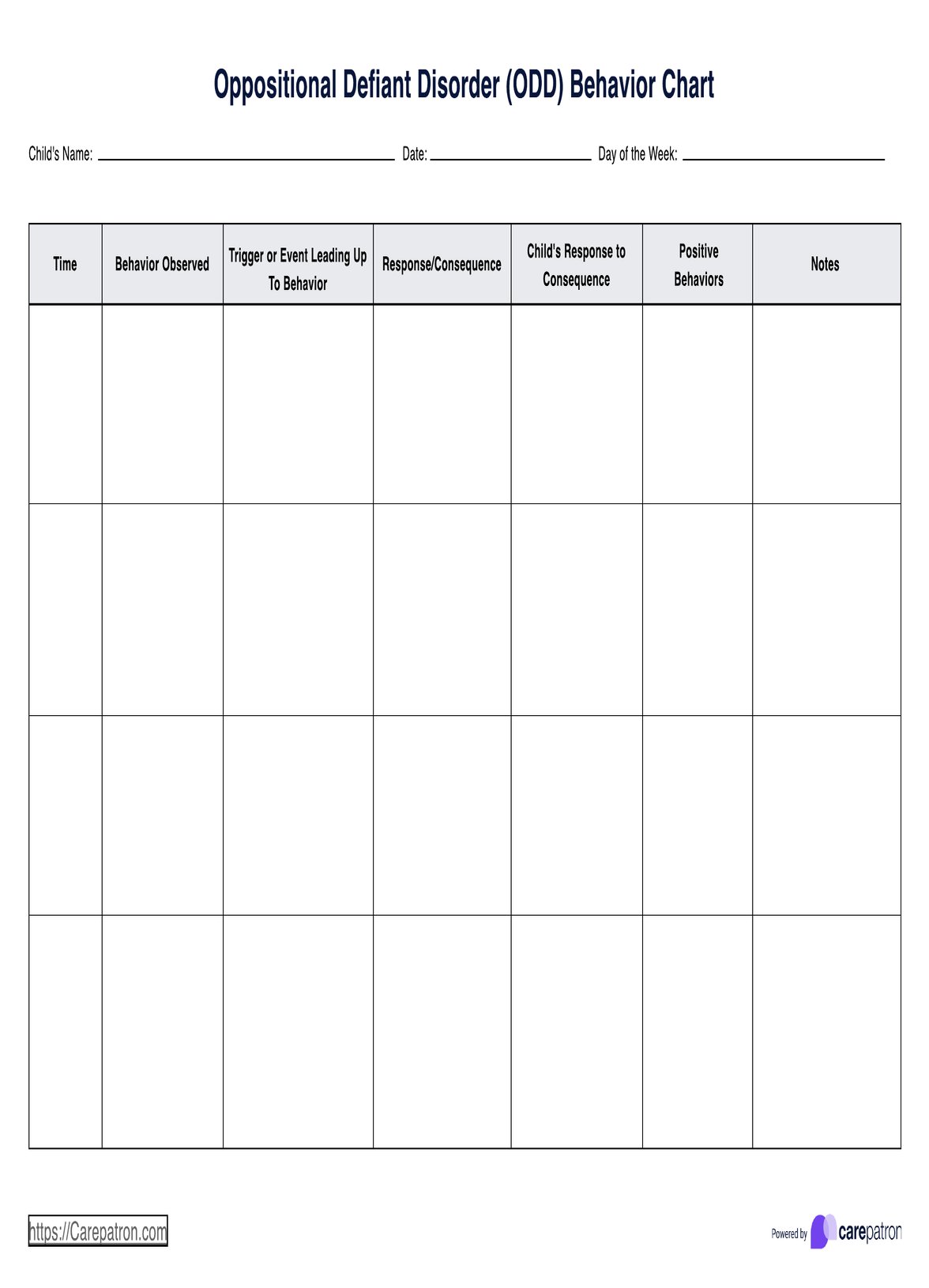
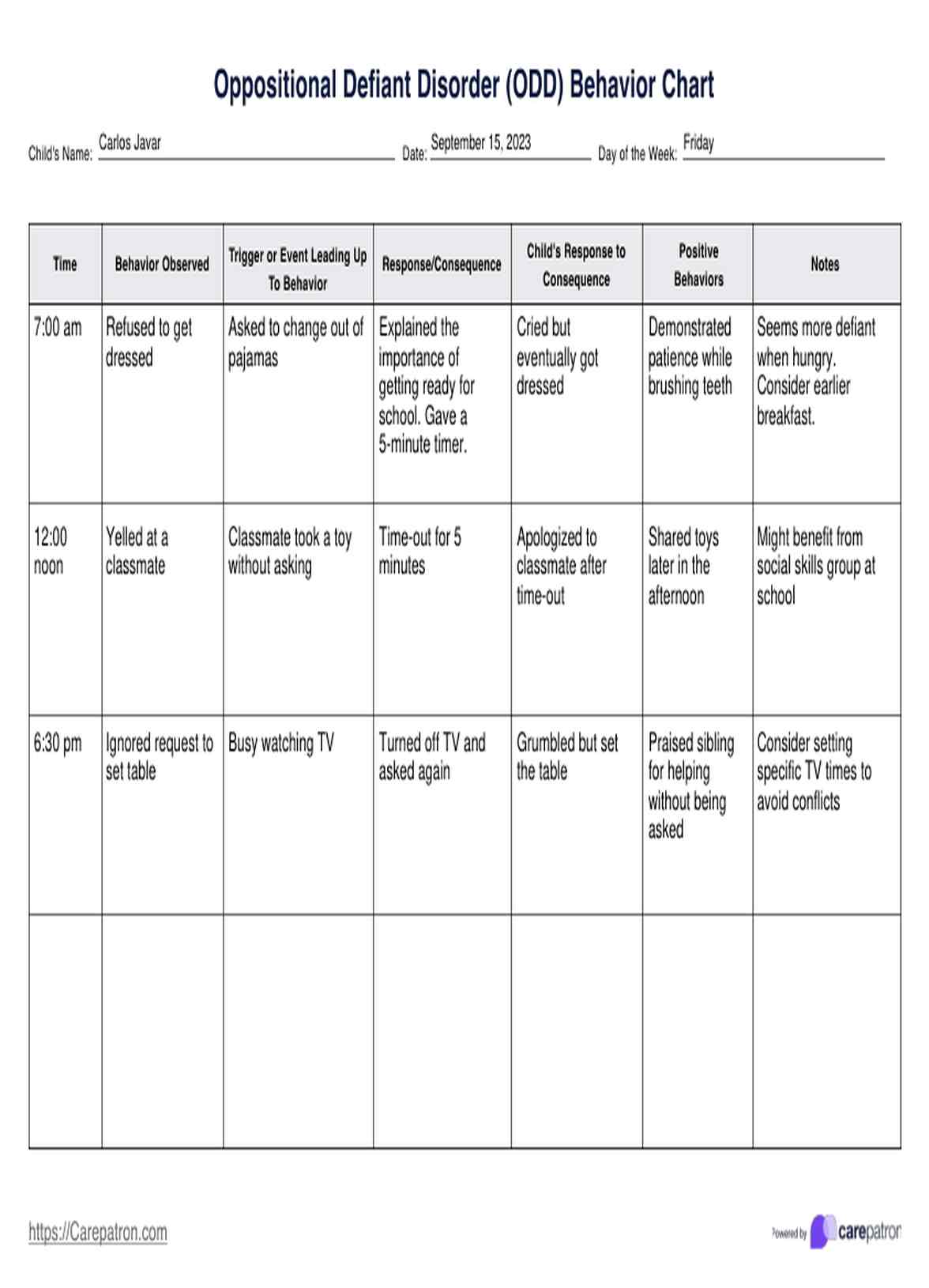

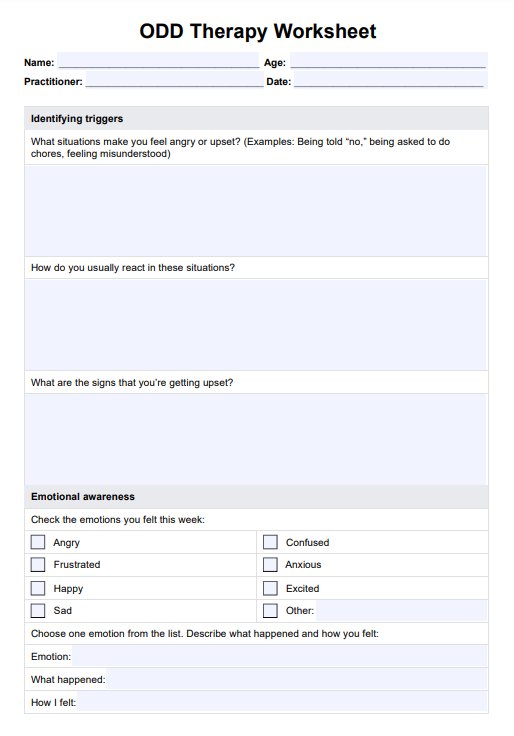
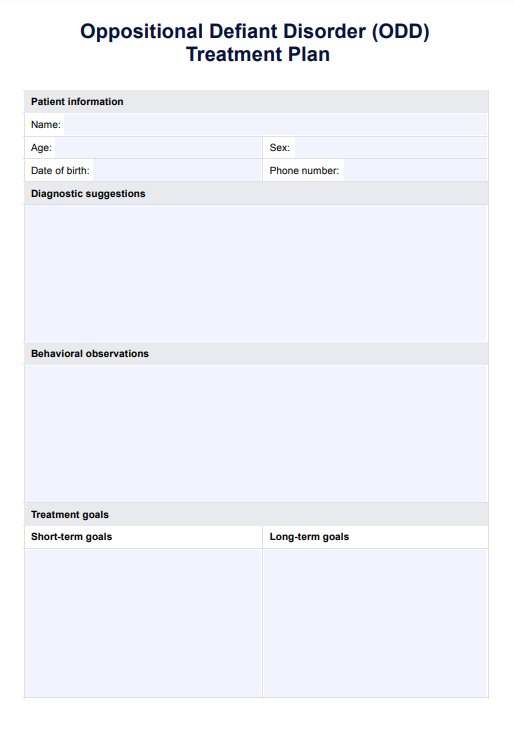













-template.jpg)


























